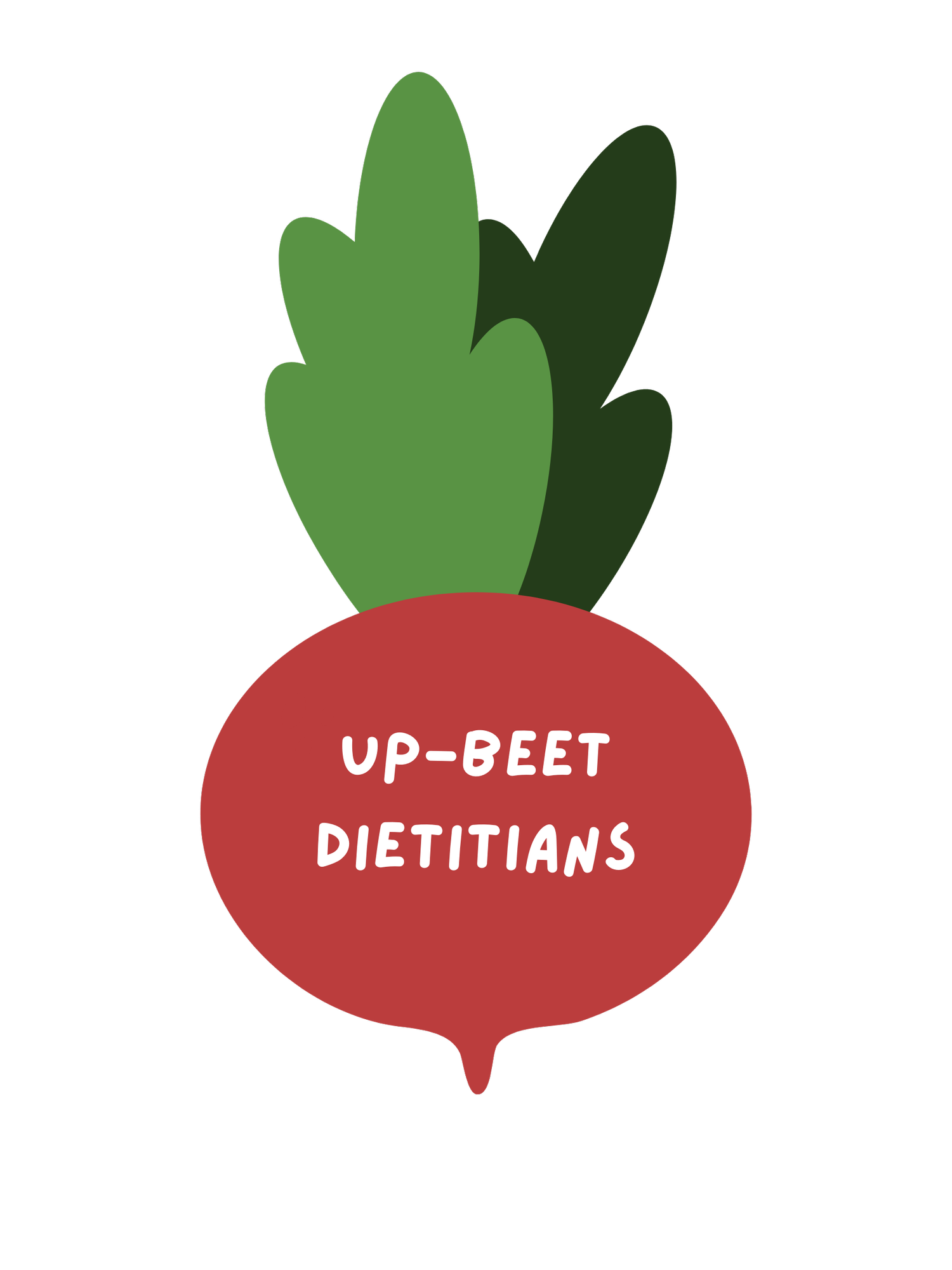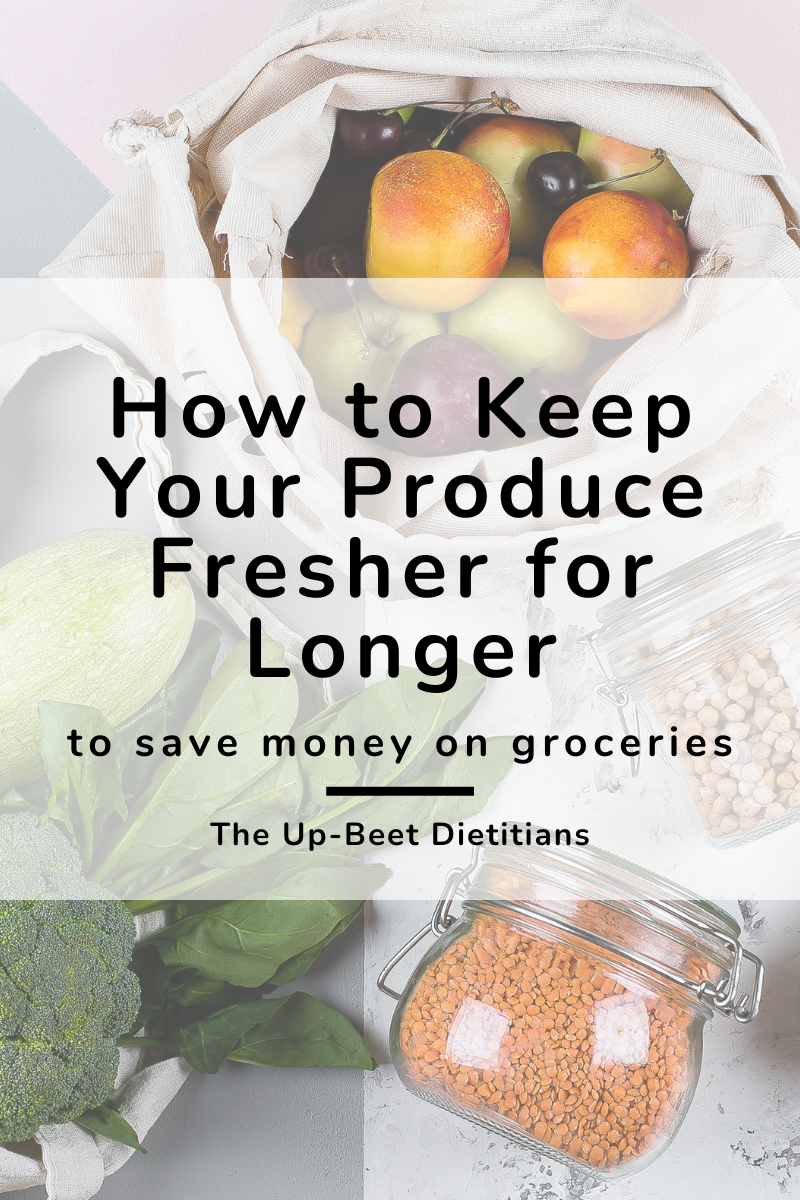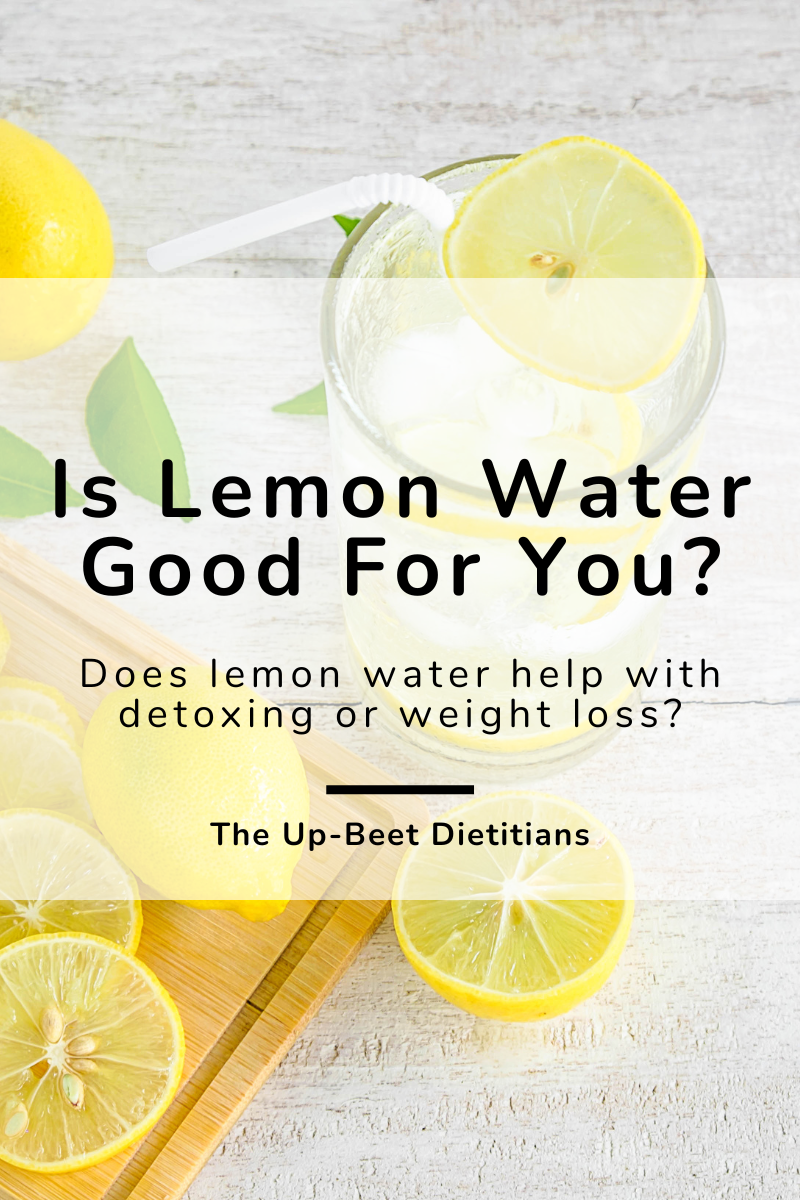How to Keep Your Produce Fresher for Longer
This post was written by Jessica Manginelli, dietetic intern and reviewed by Hannah Thompson, RDN, LD, CPT and Emily Krause, MS, RDN, LD
Have you ever gone to the grocery store, picked out all of your favorite fruits and veggies, taken them home and been unsure of where to put them in your kitchen? Or have you gone to eat that large bag of greens only to realize that the whole bag has gone slimy in just a few days? Below are some storage tips to help keep fresh fruits and veggies last longer, and make sure they keep their texture.
Fruit
Fruit often comes in their own “packaging” which makes storing them and keeping them fresh a bit easier. Keep foods like apples, oranges, berries, etc in a crisper drawn inside the refrigerator. Fruits like bananas, avocados, melons, or peaches can stay in a cool spot on the counter until they are ripe, and then moved to the refrigerator to prevent over ripening.
Make sure to let your fruit breath in an open or ventilated container to eliminate excessive moisture and slow down mold growth.
Vegetables
Vegetables are a bit more complicated because of their diversity. Refer below to find the best storage for your veggie of choice.
Leafy Greens (spinach, kale, collard greens, lettuce)
Rinse, wrap in a towel/ paper towel and put in sealed container
Squash/ Root vegetables (onions, potatoes, sweet potatoes, garlic, etc.)
Cool, dry place on the counter/ pantry
All other veggies (carrots, broccoli, brussels sprouts, cabbage, corn, etc.)
Crisper drawer in the refrigerator, monitor moisture and do not put in a sealed container.
Fresh Herbs
Put stems in a glass of water in the refrigerator with a plastic bag on top to lock in moisture.
Keep vegetables and fruits stored in separate drawers/ areas of the refrigerator. Fruits release chemicals that can cause your vegetables to ripen too quickly.
Washing
Fruits and vegetables are sometimes washed before going to the grocery store but oftentimes still carry a lot of dirt and bacteria that is important to clean off before consuming. Washing produce, especially those where you would eat the peel is essential for general food safety and can be done quickly after you come home from shopping. Simply run the produce under cool running water and scrub to remove dirt if applicable. There is no need to buy special washes or soaps as the running water is sufficient to clean off the food. It is recommended for most fresh fruits and vegetables to wash right before eating and then dry well.
Preparing the Produce
When getting ready to eat the foods, or if food prepping ahead of time, make sure to keep your area clean and sanitized. This includes having clean hands, knives, peelers, cutting boards, etc. and making sure that any cutting board used for fruits and vegetables is not also used for meat or fish, especially raw, to prevent any cross contamination. Also make sure that any produce you cut or peel is then refrigerated within 2 hours to stop bacteria growth.
Freezing
If you notice that your fruits or vegetables are starting to brown or become over ripe, freezing is a great option. Rinse and clean the produce, cut into smaller sizes if desired, and then put them in a sealed bag or container. Most produce can be used until 6 months after freezing and this is a great method to prevent food waste, save money, and get in fruits and veggies when you run out of fresh produce.
Be sure to check out our podcast on applying gentle nutrition as an intuitive eater!
Want to work with a registered dietitian to find a more sustainable approach to your health? Work with Emily or Hannah.





